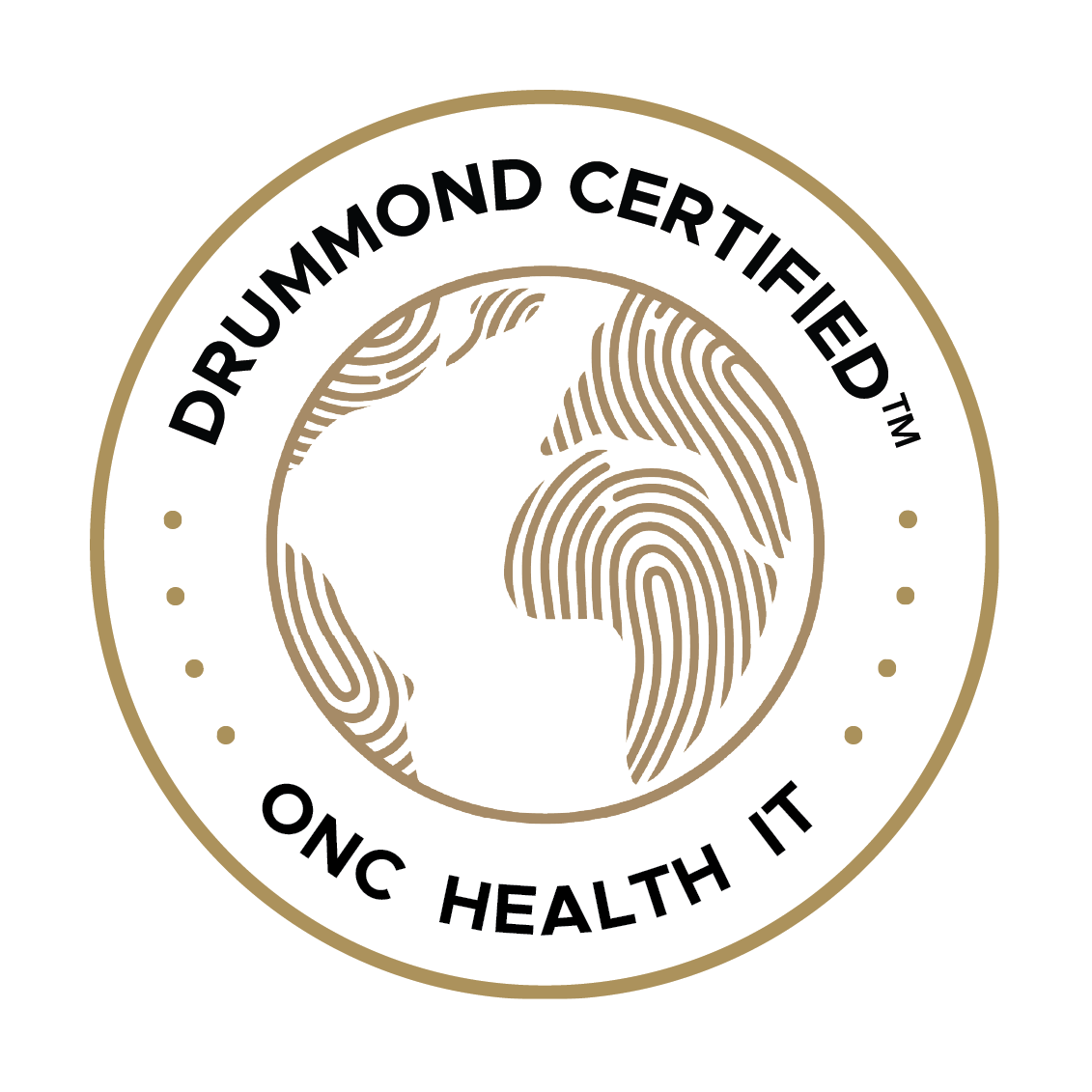In late 2023, CMS released the 2024 Medicare Physician Fee Schedule (MPFS) Final Rule, ushering in key policy changes for the Quality Payment Program (QPP).
The changes have an impact on the traditional Merit-Based Incentive Payment System (MIPS), adjustments in reporting for Alternative Payment Models (APMs) and Accountable Care Organizations (ACOs), and the expansion of MIPS Value Pathways (MVPs).
While prioritizing the conclusion of your 2023 MIPS reporting, staying informed about the imminent changes for the 2024 performance year will help you avoid MIPS penalties or payment delays.
MIPS Reporting Options Available to MIPS Eligible Clinicians
Traditional MIPS
Traditional MIPS, established in the first year of QPP, is the original reporting option for MIPS. Eligible MIPS clinicians select the quality measures and improvement activities to collect and report from the list of quality measures and improvement activities finalized for MIPS.
Under traditional reporting, eligible clinicians report the complete Promoting Interoperability measure set.
Alternative Payment Models (APMs)
The Alternative Payment Model (APM) Performance Pathway (APP) is a streamlined reporting option for clinicians who participate in a MIPS APM. The APP is designed to reduce the reporting burden, create new scoring opportunities for participants in MIPS APMs, and encourage participation in APMs.
An APM entity can report a predetermined measure set made up of quality measures in addition to the complete Promoting Interoperability measure set (the same as reported in traditional MIPS). MIPS APM participants currently receive full credit in the improvement activities performance category, though this is evaluated on an annual basis.
Under the APM category is the Advanced Alternative Payment Model (AAPM). Advanced APM is one track of the Quality Payment Program that offers incentives for meeting participation thresholds based on your levels of payments or patients through Advanced APMs.
An eligible clinician who achieves these thresholds becomes a Qualifying APM Participant (QP) and can receive the following benefits, which include burden reduction and financial incentives:
- Exclusion from MIPS reporting
- Exclusion from MIPS payment adjustments
- 5 percent APM Incentive Payment (performance years 2017-2022)
- 3.5 percent APM Incentive Payment (performance year 2023)
MIPS Value Pathways (MVPs)
MIPS Value Pathways (MVPs) are the newest reporting option that offers cardiology, primary care, and other healthcare clinicians a subset of measures and activities relevant to a specialty or medical condition. MVPs offer more meaningful groupings of measures and activities, to provide a more connected assessment of the quality of care.
You’ll select, collect, and report on a reduced number of quality measures and improvement activities (as compared to traditional MIPS). You’ll also report the complete Promoting Interoperability measure set (as you would when reporting under traditional MIPS).
2023 Measures for Cardiology Clinics by Performance Category
The MIPS 2024 updates usher in significant changes, influencing how eligible clinicians approach the Quality Payment Program and shaping the strategic landscape for the reporting period.
MIPS evaluates clinicians based on four performance categories: Quality, Promoting Interoperability, Improvement Activities, and Cost. Each category contributes to an overall MIPS score, determining the financial incentives or penalties for eligible clinicians.
The Quality category emphasizes the delivery of high-quality care, Promoting Interoperability focuses on efficient information exchange, Improvement Activities encourage participation in initiatives to enhance patient care, and Cost evaluates the overall resource utilization efficiency. Understanding the intricate interplay of these categories is pivotal for clinicians aiming to navigate and optimize their performance within the MIPS framework.
In addition to category updates, be aware that MIPS payment adjustments have also been released. The 2024 payment adjustment is important to compensation for Medicaid services provided. Be sure to check your qualifying status using the QPP Participation Status Tool.
MIPS Quality Measurements
The Quality performance measure for 2023 includes 30% of the total score. Report 6 measures, including one Outcome or other High Priority measure for 12 months on at least 70% of eligible encounters to receive a score based on 2023 National Benchmarks.
When clinicians submit measures under the quality performance category, their performance for each measure is compared against the benchmark for that measure to determine how many points the measure earns. Beginning in the program year 2023, a clinician can receive 1 to 10 points for each MIPS measure as long as the data completeness standard and case minimum are met.
Measures lacking the available historical or performance period benchmark will receive 0 points, even if completeness and case minimum thresholds are met. Small practices, however, will continue to receive 3 points.
Benchmarks are established using historical data. Benchmarks for the 2023 performance period for eCQMs, MIPS CQMs, QCDR measures, and Medicare Part B claims are based on actual performance data submitted for the 2021 performance period.
Benchmarks are specific to the collection type: Qualified Clinical Data Registry (QCDR) measures, MIPS Clinical Quality Measures (MIPS CQMs), eCQMs, CMS Web Interface measures, the Consumer Assessment of Healthcare Providers and Systems (CAHPS) for MIPS survey, and Part B Claims measures.
These modifications aim to enhance the accuracy and relevance of quality metrics, providing a more comprehensive assessment of clinicians’ care delivery. Clinicians should delve into the specific changes within the Quality category, ensuring they grasp the nuances of the refined metrics and their implications for their overall MIPS score.
Reporting for MIPS Clinical Quality Measure or MIPS CQM:
There are 5 collection types for MIPS quality measures:
- Electronic Clinical Quality Measures (eCQMs);
- MIPS Clinical Quality Measures (CQMs);
- Qualified Clinical Data Registry (QCDR) Measures;
- Medicare Part B Claims Measures; and
- The Consumer Assessment of Healthcare Providers and Systems (CAHPS) for MIPS Survey.
This performance category assesses the quality of the care you deliver, based on performance measures created by CMS, as well as medical professional groups, specialty societies, and interested parties. You pick the quality measures that best fit your practice.
Learn more about the reporting Quality requirements:
Promoting Interoperability Measures
Promoting interoperability is available in both traditional reporting and APM reporting. While small practices may be exempt, those reporting must be aware of the changes we’ll see in Promoting Interoperability for 2023.
2023 Updates to Promoting Interoperability Measures for Cardiology Clinics
The updates to Promoting Interoperability aim to enhance the accuracy and relevance of reporting metrics, providing a more comprehensive assessment of clinicians’ care delivery.
For reporting in 2024, 25% of total score applies to Promoting Interoperability. For a minimum of 90 days, report all required measures.
EHR technology certified to the 2015 Cures Update must be in place by October 3, 2023. There are exclusions available for most of the required measures. Please check your QPP Participation Status to see if you are automatically exempt from PI.
If you are exempt, the 25% will be re-weighted to the Quality measure performance category making it 55% of your score.
- e-Prescribing
- Query of Prescription Drug Monitoring Program (PDMP) (optional)
- Provide Patients Electronic Access to Their Health Information
- Support Electronic Referral Loops by Sending Health Information (option 1)
- Support Electronic Referral Loops by Receiving and Reconciling Health Information (option 1)
- Health Information Exchange (HIE) Bi-Directional Exchange (option 2)
- Immunization Registry Reporting
- Syndromic Surveillance Reporting
- Electronic Case Reporting
- Public Health Registry Reporting
- Clinical Data Registry Reporting
Reporting for Interoperability:
This performance category promotes patient engagement and the electronic exchange of health information using certified electronic health record technology (CEHRT). You report a defined set of Promoting Interoperability objectives and measures.
Learn more about the reporting Promoting Interoperability requirements:
Traditional Reporting for Interoperability
Improvement Activities Measures
Both traditional MIPS reporting and APM reporters can claim improvement activities measures.
2023 Updates to Improvement Activity Measure for Cardiology Clinics
The Improvement Activities category encourages clinicians to engage in activities that enhance patient care and practice operations.
For 2024, modifications ensure that the selected activities align with evolving healthcare priorities. Improvement Activities will account for 15% of the total score.
When reporting, attest that you completed up to 2 high-weighted activities or 4 medium-weighted activities for a minimum of 90 days.
For groups with 15 or fewer participants or if you are in a rural or health professional shortage area: attest that you completed 1 high-weighted or 2 medium-weighted activities for a minimum of 90 days.
A group can attest to an activity when at least 50% of the clinicians in the group perform the same activity during any continuous 90-day period (or as specified in the activity description) in the same performance year.
Improvement Activities are sorted into the following subcategories which might assist you with locating activities that apply to your practice. You can explore all the measures on the QPP website.
To stay on top of your documentation for this category, we recommend you catalog the following:
- List the start date and end date for each activity
- Describe the goals, outcomes or metrics for each activity
- Describe the process being improved and the benefit of improving the process
- List the staff involved for each activity
- List the technology used. If possible take screenshots
- Describe workflows
- Document improvement activities compliance
- Describe monitoring systems to gauge your progress towards the goals
- Store all documentation in computer files
Reporting for Improvement Activities
This performance category assesses how you improve your care processes, enhance patient engagement in care, and increase access to care. You choose the activities appropriate to your practice.
Learn more about the reporting Improvement Activities requirements:
Traditional Reporting for Improvement Activities
2023 MIPS Updates for Cost
Cost Category for Traditional Reporting
Reporting the cost performance category is only required in Traditional Reporting.
The Cost category, a vital component of MIPS scoring, assesses resource utilization efficiency, playing a crucial role in clinicians’ overall performance. The modifications introduced in 2024 are geared towards refining and enhancing the evaluation of resource utilization.
Clinicians are encouraged to delve into the specifics of these changes, gaining insights into the nuanced aspects of cost management within MIPS.
By doing so, healthcare providers can strategically align themselves with the evolving QPP) requirements and reinforce their commitment to financial responsibility.
This performance category assesses the cost of the patient care you provide. We calculate cost measures, based on your Medicare claims, to determine the cost of the care you provide to certain patients.
Navigating MIPS 2024 for Payment Success
As MIPS evolves, staying informed about the 2024 updates is essential for eligible clinicians. Adapting to the changes in MVPs, quality metrics, interoperability, improvement activities, cost evaluation, and APM reporting ensures optimal performance in the QPP. T
The evolving landscape of MIPS underscores the importance of continuous learning and strategic adaptation to thrive in the dynamic realm of healthcare reporting.
For a seamless reporting experience in the evolving world of MIPS, consider exploring the capabilities of GEMMSOne. This innovative solution can assist clinicians in navigating the complexities of MIPS, enhancing overall efficiency, and ensuring compliance with the latest reporting requirements.



